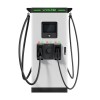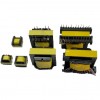Google Pixel C – Battery
Android tablets generally have poorer battery lives than iPads, due to Android OS's more intensive system demands. So I was surprised to find the Pixel C came close to matching the iPad Air 2’s stellar battery life. The Pixel C’s 34.2Wh battery dealt with demanding tasks, such as Netflix video streaming and gaming, better than I’d hoped.
Streaming video on Netflix and BBC iPlayer the tablet lost between 9-12% of its battery per hour. By Android tablet standards that's pretty good. I’ve tested tablets in the past that lose as much as 15-20% of their charge per hour when faced with the same test.
image: http://img.worldinout.com/img/201512/15/105323374.jpg
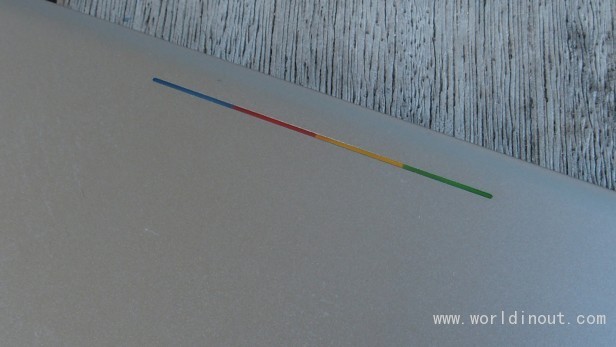
Playing demanding 3D games like Warhammer Quest, Shadow Run and Riptide GP2 the Pixel C discharged 15-18% of its battery, which again is well above average. Competing Android tablets I’ve test have lost as much as 20-25% of their charge when running games.
With everyday use the tablet’s battery life is also excellent. Even with heavy use it always managed to last three full days with charge to spare.
Heavy use included regularly checking my social media feeds, browsing the web, playing an hour of games, streaming music to my Chromecast while cooking dinner and watching a couple of episodes of Jessica Jones before bed.
Google Pixel C – Camera
Tablets’ cameras are generally nothing to write home about. Past Android and iOS camera sensors have proven capable of taking, at best, usable photos.
The Pixel C doesn’t reverse this trend. The rear 8-megapixel camera is reasonably good by tablet standards. Shots taken in regular light in the auto mode have fairly realistic colours, are crisp enough to share on social media and aren’t over-sharpened.
image: http://img.worldinout.com/img/201512/15/105323514.jpg
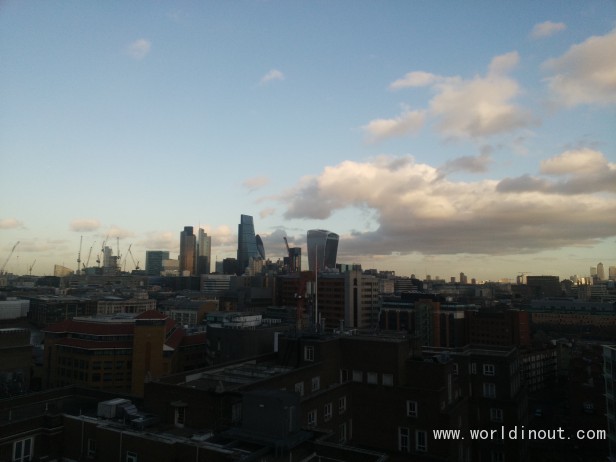 The camera isn't bad by tablet standards
The camera isn't bad by tablet standards
image: http://img.worldinout.com/img/201512/15/105323124.jpg
 ...but you wouldn't want to rely on it
...but you wouldn't want to rely on it
However, they do have a tendency to look a little washed out and the sensor doesn’t deal with mixed, or dim, lighting conditions all too well, with colours beginning to distort and background noise becoming an issue. This isn’t a deal-breaker, as there isn’t a tablet in the world with a camera that works well in low light.
The front-facing 2-megapixel camera isn’t going set the selfie world on fire, but is more than good enough for video calling on Skype and Hangouts.
Google Pixel C – Audio
The Google Pixel C features twin stereo speakers that run along its left and right short sides. Watching content directly in front of the Pixel C the speakers are reasonably good by tablet standards.
They don’t match the maximum volume of Lenovo’s top-notch Yoga Tab 3 Pro, which remains one of the best Android tablets for home entertainment, but they're more than loud enough for bedtime Netflix binging.
The bass isn’t the strongest I’ve heard from a tablet, but it’s far from weak or weedy sounding. Gunfire during heated Daredevil scenes had suitable punch, and dialogue was clear and free of the muddy, or overly tinny quality I hear on cheaper Android tablets.
I also didn’t notice any distortion or noise creep in when I cranked the speakers' volume to maximum while playing classic punk and rock music.
image: http://img.worldinout.com/img/201512/15/105323704.jpg
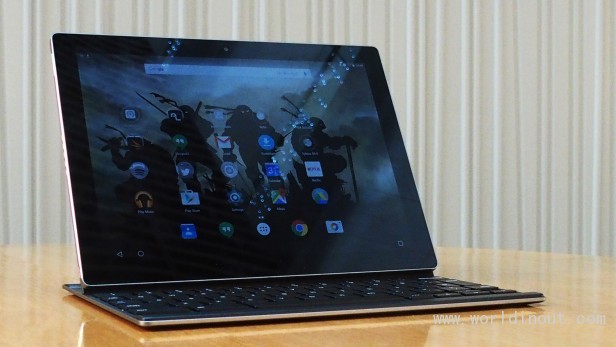
Should I buy the Google Pixel C?
The Pixel C is a technical marvel that easily outclasses competing Android tablets when it comes to processing prowess and battery life. If you want a top-end Android tablet that can double as a small laptop, the Pixel C is the only option worth considering.
However, with pricing starting at £399 for the basic 32GB model and the keyboard costing a massive £119 extra, its perks come with a hefty upfront cost.
Considering the lack of applications that need the Pixel C’s raw muscle, there are better deals out there. The Nvidia Shield Tablet K1 costs a meagre £150 and is more than powerful enough to meet most people’s gaming and entertainment needs.
Related: The best laptops you can buy
Verdict
The best Android tablet yet, but it’s let down by a lack of software optimisation.




